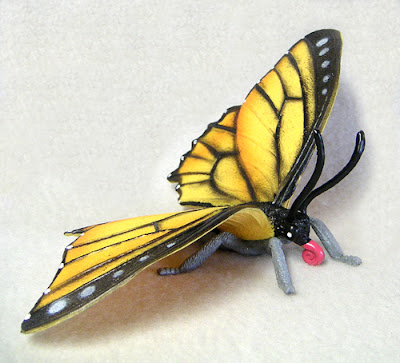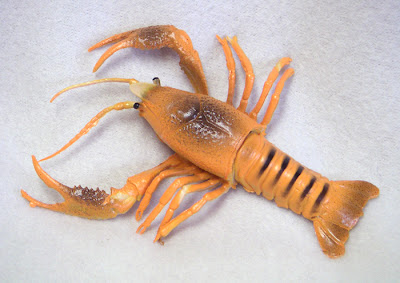That's right...this bad boy had HOOVES!!
Our Plastic Andrewsarchus
Our small plastic Andrewsarchus toy is just the right size replica for your prehistoric life shoebox diorama. This little Andrewsarchus model will fit in a shoe box along with other examples of extinct animals from the Earth's past. Add a few rocks, plants, grass, make a river or stream from anything that strikes your imagination, and there you go - a scene of life on our planet as it might have been millions of years ago. Our plastic toy Eocene mammal is painted to look the way paleontologists imagine the animal looked in real life, although of course nobody really knows. That's part of the fun and mystery – you can imagine Andrewsarchus any way you like! It is made of solid plastic and is quite durable. The name "Andrewsarchus" is molded onto the bottom of the animal. Be sure to take a look at our other prehistoric figurines.
About Andrewsarchus
To date the only fossil remains found of this amazing Eocene (55-37 MYA) hoofed predator are a skull and a few bone pieces. They were found in Mongolia in 1924 during an expedition led by paleontologist Roy Chapman Andrews, for whom the creature is named. After extensive study of the skull, it was concluded that this creature was a member of the only known group of carnivorus hoofed mammals called Mesonychids, which looked somewhat like wolves with hoofed toes. Mesonyx obtusidens, a small North American relative, was the model for current depictions of this predator. From the size of the skull (3 feet long), it was determined that Andrewsarchus was approximately 6 foot tall at the shoulder and 13-18 feet long (over twice the size of today's brown bear), making it the largest carnivous mammal in the world. There is a commentary on Andrewsarchus on the Laelaps blog. For additional information, check out the Andrewsarchus page and the "What are Mesonychids?" page.

































